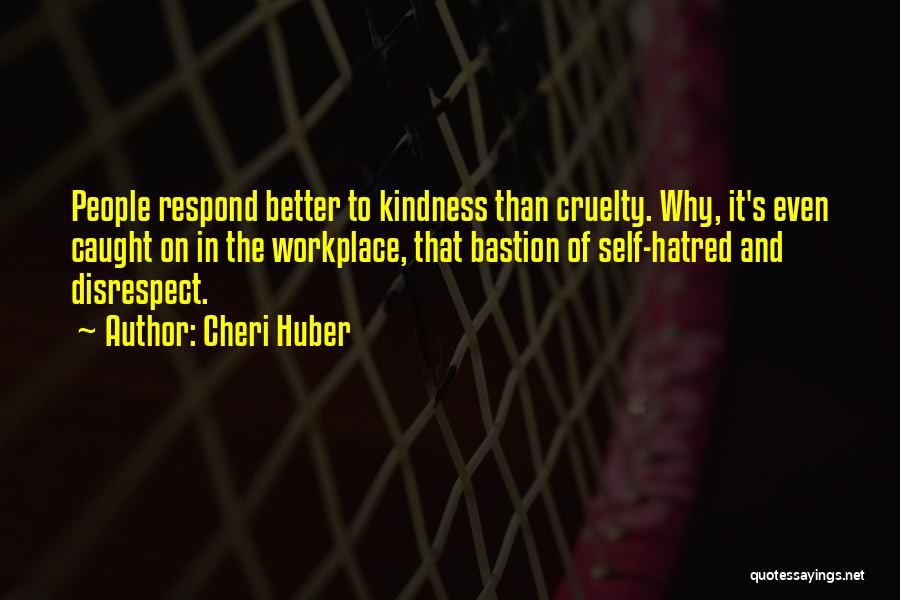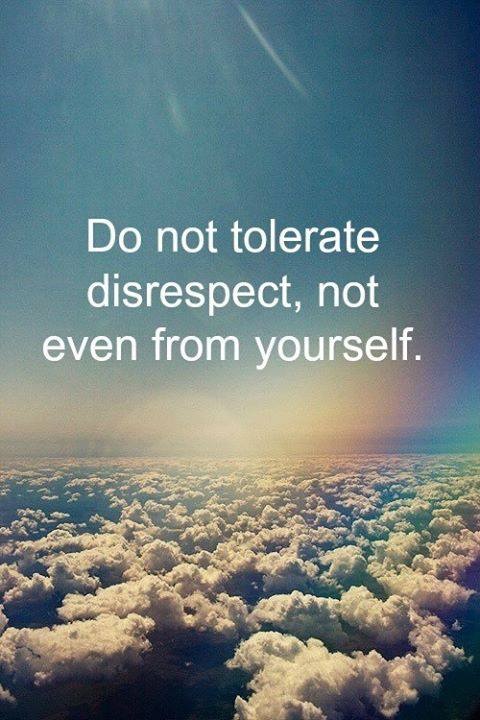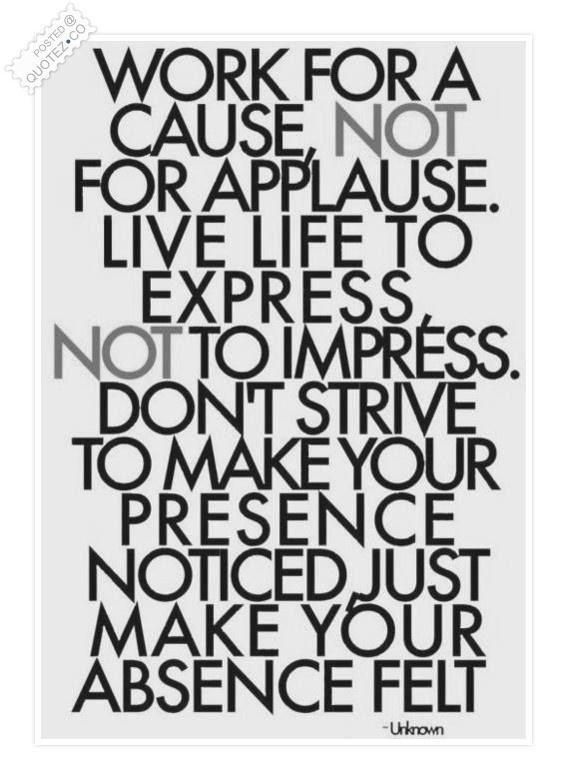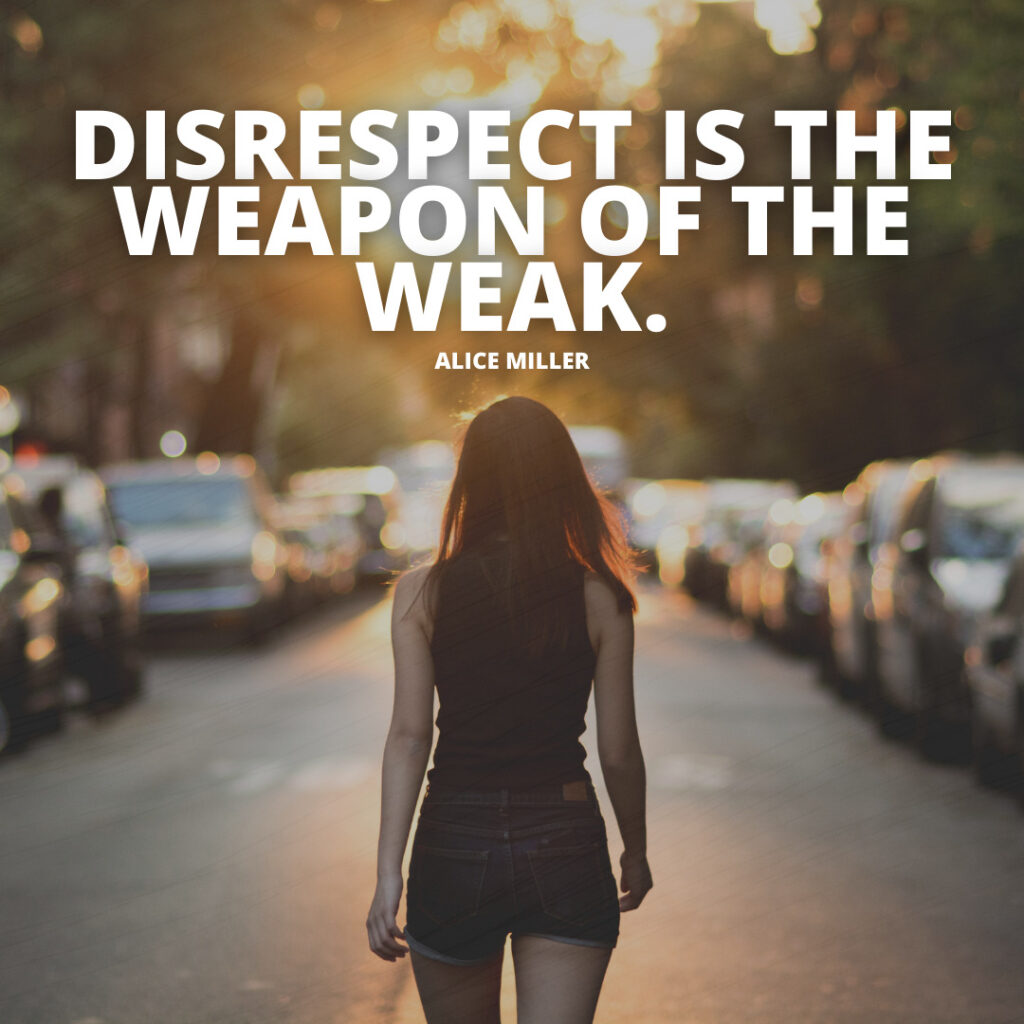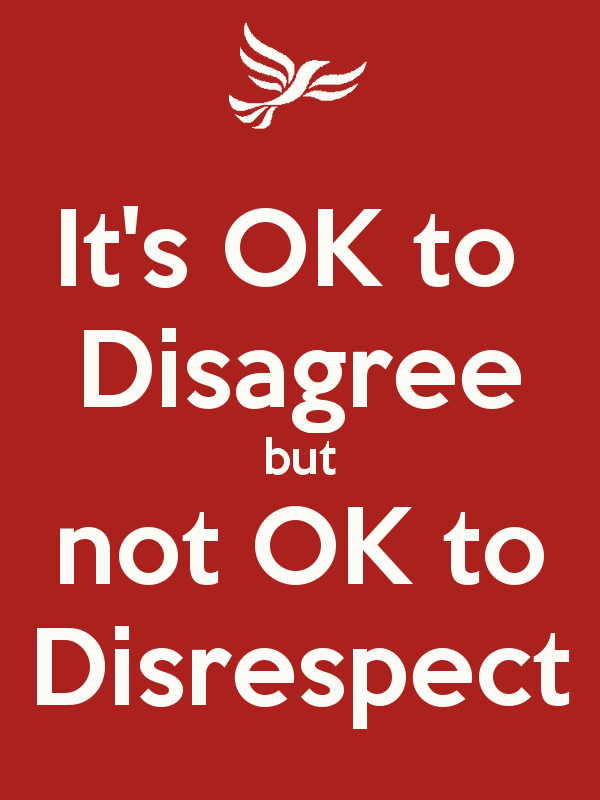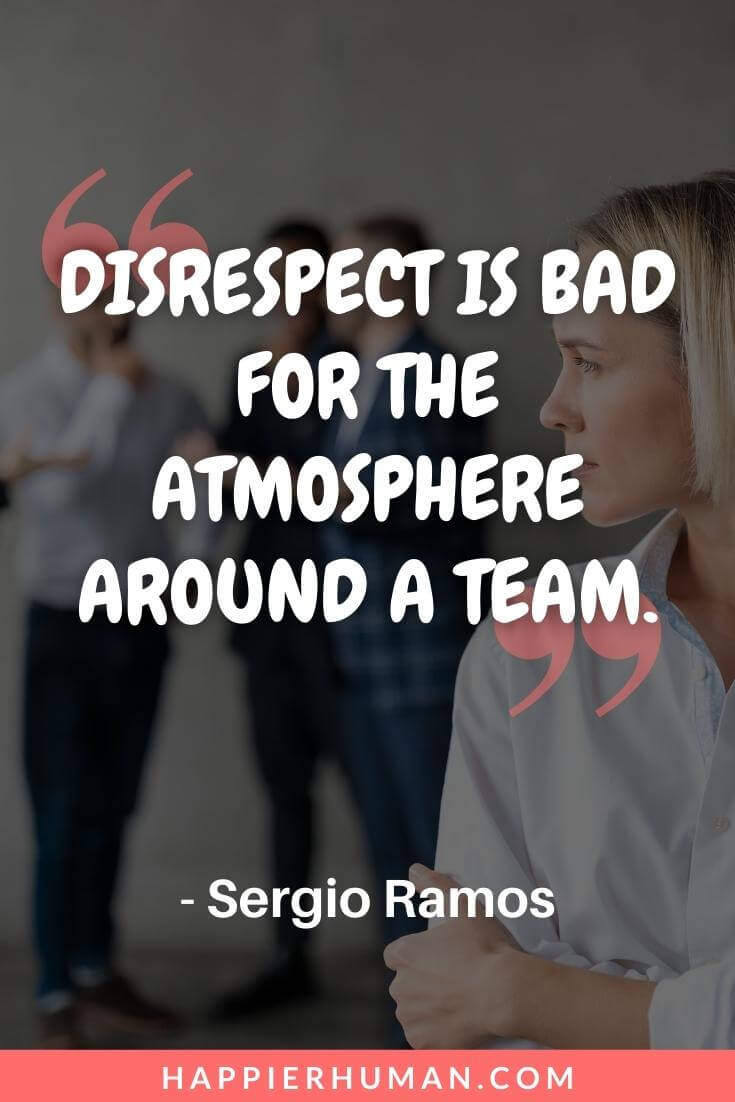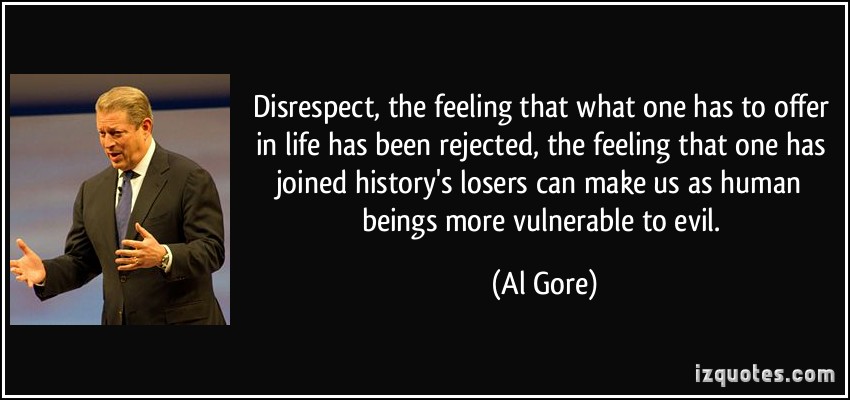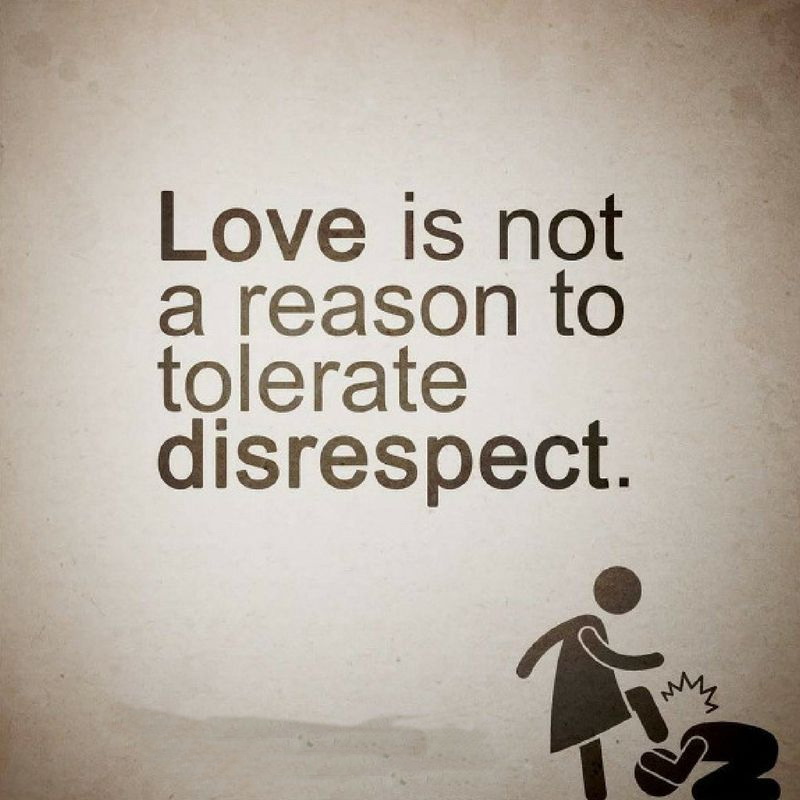Disrespect In The Workplace Quotes
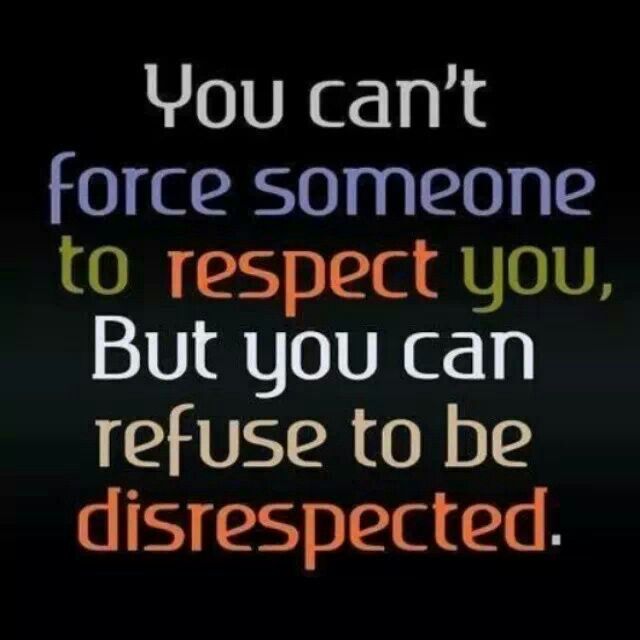
The prevalence of disrespectful behavior in the workplace continues to be a significant concern for employees and employers alike. This issue, often manifested through dismissive language, microaggressions, or outright bullying, can severely impact employee morale, productivity, and overall organizational health. While quantifying disrespect can be challenging, the subjective experiences of employees provide valuable insights into the problem’s scope and impact.
This article examines the phenomenon of workplace disrespect through the lens of employee sentiments, specifically focusing on commonly cited phrases and behaviors that contribute to a hostile work environment. Understanding these expressions and their impact is crucial for fostering more respectful and productive workplaces. The analysis draws upon various sources, including employee surveys, expert opinions, and legal interpretations of workplace harassment.
At the core of workplace disrespect lie various phrases and actions. Phrases like "That's not my job," while seemingly innocuous, can foster a culture of avoidance and lack of teamwork. Dismissive comments such as "You're overreacting" invalidate an employee's feelings and experiences, creating a sense of isolation and distrust. Dr. Emily Carter, a workplace psychologist, notes that these seemingly minor interactions can accumulate over time, leading to significant psychological distress.
Another common complaint revolves around microaggressions, subtle but offensive comments or actions directed at individuals based on their membership in a marginalized group. These can include backhanded compliments, assumptions about intelligence or competence, and dismissals of experiences related to diversity and inclusion. Research from the Equal Employment Opportunity Commission (EEOC) highlights the damaging impact of microaggressions on employee well-being and career advancement.
Bullying, a more overt form of disrespect, involves repeated and unreasonable actions directed towards an employee, creating a risk to their health and safety. Examples include public humiliation, constant criticism, and spreading rumors.
"Bullying behavior can have devastating consequences for both individuals and organizations,"says John Smith, an employment lawyer specializing in workplace harassment cases.
The impact of workplace disrespect extends beyond individual employees. A toxic work environment can lead to decreased productivity, higher absenteeism, and increased turnover. It can also damage the company's reputation and expose it to legal liabilities. Studies have shown a direct correlation between respectful workplace cultures and improved financial performance.
Addressing workplace disrespect requires a multifaceted approach. Clear policies prohibiting disrespectful behavior are essential, but they are not enough. Organizations must also invest in training programs that promote empathy, active listening, and inclusive communication. These programs should equip employees with the skills to recognize and address disrespectful behavior effectively.
Furthermore, companies need to establish robust reporting mechanisms that allow employees to report instances of disrespect without fear of retaliation. Investigations should be conducted promptly and impartially, and appropriate disciplinary action should be taken against perpetrators. Susan Miller, a HR consultant, emphasizes the importance of creating a culture of accountability.
Many organizations are implementing strategies to promote respect and inclusion. Some use employee resource groups to foster a sense of community and belonging. Others conduct regular employee surveys to identify areas where disrespectful behavior may be occurring.
"Creating a respectful workplace is an ongoing process, not a one-time event,"states Miller.
Ultimately, fostering a respectful workplace requires a commitment from all stakeholders, from senior management to individual employees. By addressing disrespectful behaviors and promoting a culture of empathy and understanding, organizations can create a more positive and productive work environment for everyone. This commitment will require continuous effort and vigilance.

